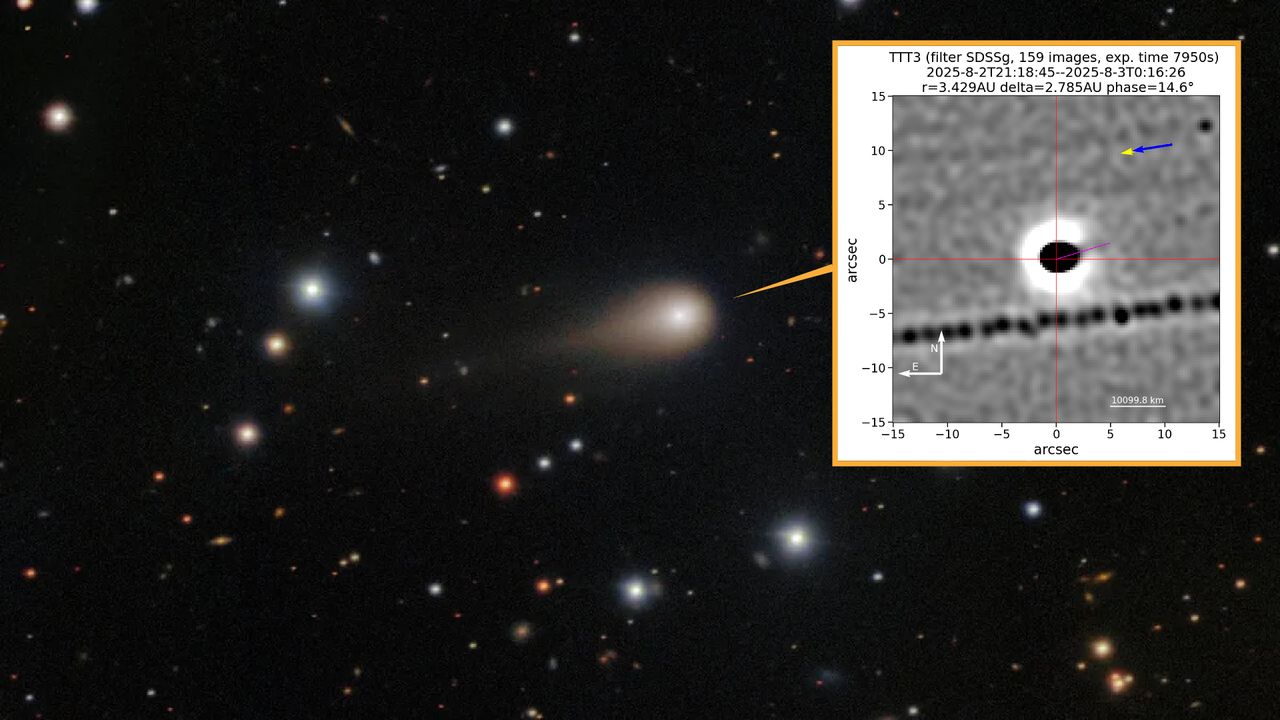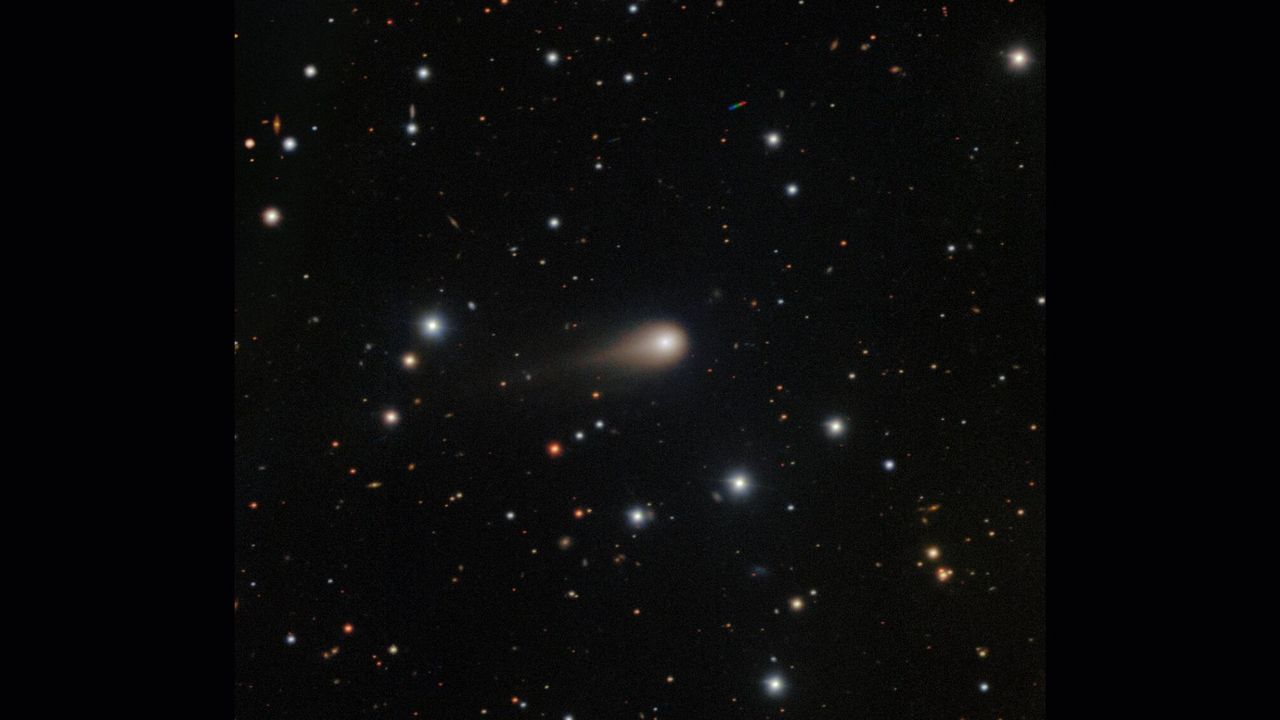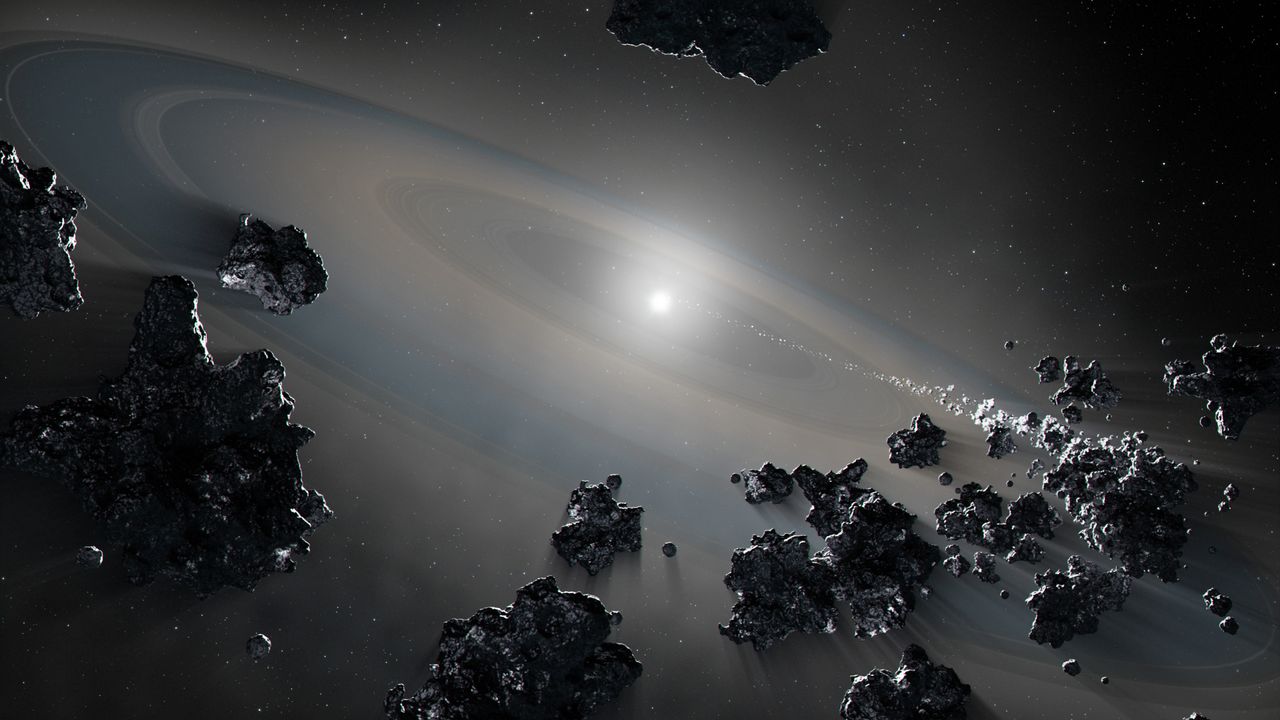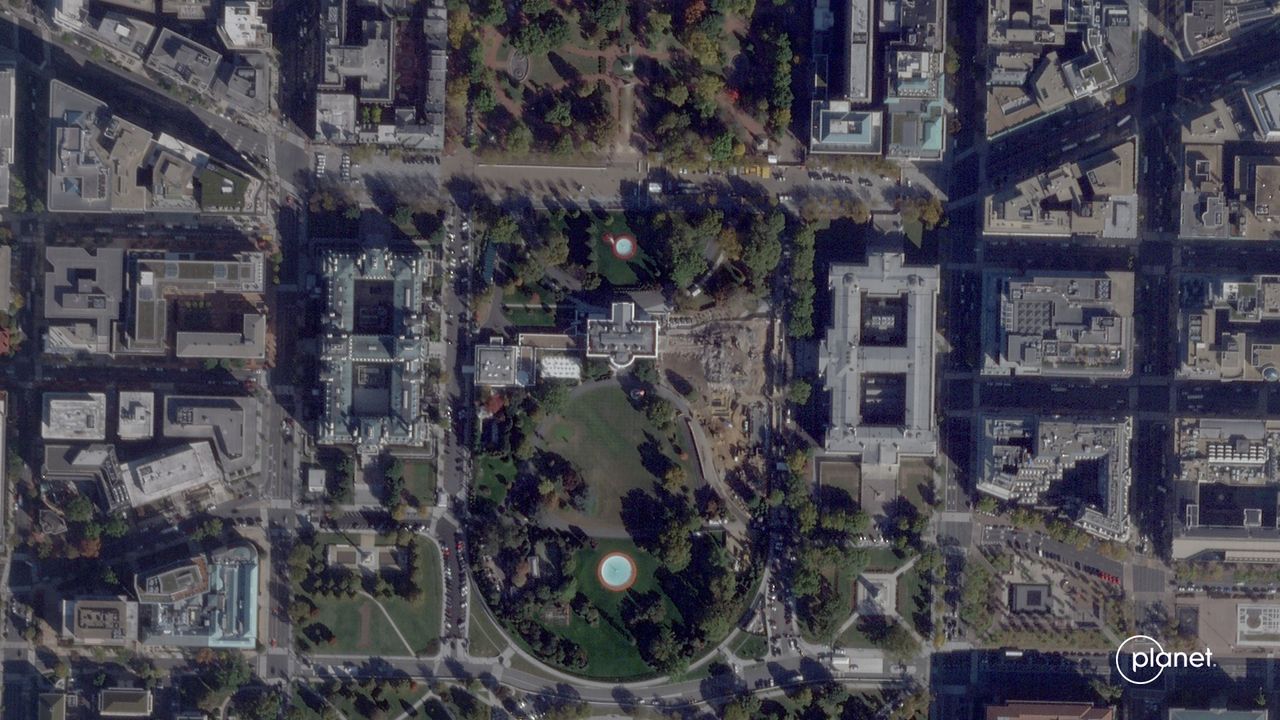New images of interstellar object 3I/ATLAS show giant 'jet' shooting toward the sun
PositiveScience

New images from telescopes reveal that the interstellar comet 3I/ATLAS is emitting a massive jet of gas and dust directed toward the sun. This phenomenon is typical for comets, according to experts. Understanding such behavior not only enhances our knowledge of these celestial bodies but also provides insights into the dynamics of our solar system.
— Curated by the World Pulse Now AI Editorial System






/https://tf-cmsv2-smithsonianmag-media.s3.amazonaws.com/filer_public/37/46/37461432-e24a-442b-bcb7-2b13ab3990d1/horseshoecrabmain.jpg)
